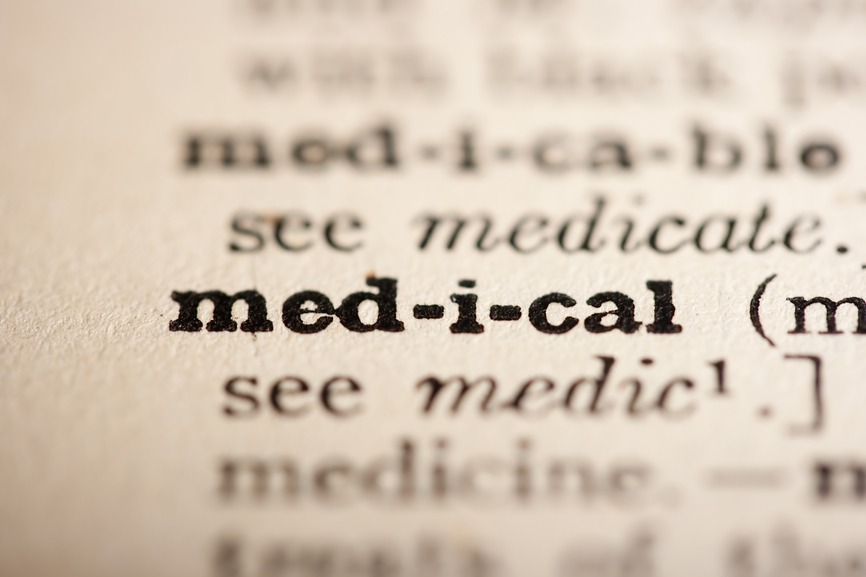 The liable party in a medical malpractice case could be a doctor, nurse, surgeon, or even a business.
The liable party in a medical malpractice case could be a doctor, nurse, surgeon, or even a business.
In medical malpractice law, a liable party is a person, business, or other entity responsible for the plaintiff’s damages. This party is financially liable for the expenses the plaintiff incurred.
At Medical Malpractice Help, we can provide more information on liable parties and medical malpractice law. We offer free case evaluations to victims of medical negligence. Call us at 888-261-5614 today to get started.
What Makes Someone the Liable Party in a Medical Malpractice Case?
Possible liable parties in medical malpractice cases include doctors, nurses, and other healthcare professionals. Even hospitals and medical facilities could be vicariously liable for employee’s negligent actions.
Anyone can be liable for medical malpractice if four conditions are met:
- The party had a duty of care to the plaintiff.
- They breached that duty of care.
- The plaintiff suffered injury due to the breach of duty.
- The plaintiff’s injury caused them to incur damages.
Before you can file for medical malpractice, you need to build a case that proves these four conditions were present in your case. If you have a valid case against the liable party, our attorneys can help you obtain evidence to show malpractice occurred.
How Do I Establish a Duty of Care?
All liable parties in medical malpractice cases have a duty of care to the plaintiff. In other words, the party owed the plaintiff a certain professional standard of care.
An established doctor-patient relationship automatically implies a duty of care. This relationship also applies to anyone in the doctor’s employ, including nurses, nurse practitioners, and physicians’ assistants.
What Qualifies as a Breach of Duty?
A breach of duty occurs when a healthcare provider fails to provide an acceptable standard of care. Determining whether a provider’s level of care was acceptable can be subjective. This is where medical malpractice cases are often won and lost.
We can use the “reasonable person” standard to determine if the liable party in your case breached their duty of care. The standard states that if a reasonable person—possessing the same education and training and faced with the same situation—would have acted differently or provided a higher level of care, then the provider breached their duty.
How Do I Prove My Injuries?
A provider does not become liable for medical malpractice based on a breach of duty alone. The plaintiff must show they suffered an injury as a result of the breach. Linking injuries to a provider’s negligence means the plaintiff must show evidence of a cause-and-effect relationship.
This evidence may include:
- Statements from other doctors.
- Expert witness testimony.
- Photo and video evidence.
- The defendant’s own statements.
How Do I Document My Economic and Non-Economic Damages?
The plaintiff has to show that their injuries caused economic or non-economic damages.
Economic damages refer to those involving actual financial losses. For instance, medical bills, missed work, and reduced earning capacity are all economic damages.
Non-economic damages describe losses that cannot be quantified or assigned dollar values, such as pain and suffering, emotional anguish, and loss of enjoyment of life.
How Can I Get Answers to My Other Medical Malpractice Questions?
At Medical Malpractice Help, we focus on this area of law. Our medical malpractice lawyers help injured patients fight for the fair compensation they deserve. To schedule a free case evaluation with one of our attorneys, call our office today at 888-261-5614.
Liable Parties - Frequently Asked Questions

What Qualifies For A Medical Malpractice Lawsuit? No one likes to be a victim. This includes individuals who may have been injured or harmed due to medical situations. You become a victim of medical malpractice when you encounter certain medical misconduct. Every year, approximately 80,000 individuals have cause for a medical malpractice lawsuit. Interestingly enough,
Read More
A statute of limitations establishes the amount of time you have to file a medical malpractice lawsuit. For instance, with a two-year statute of limitations, you have two years from the date of your injury to take legal action. But what if you did not discover your injury until months, or even years, after it
Read MoreLiable Parties - News Articles

This week, the Georgia Supreme Court heard a medical malpractice case involving the death of 15-year-old Shaquille Johnson. Shaquille Johnson’s death was caused by blood clots in his lungs, which his attorneys argue were missed due to improper testing. The Albany Herald reports that Thelma and Sheldon Johnson sued the attending emergency room physician, Dr.
Read More
Kira Charlton went into labor on March 2, 2011 and was rushed to the Delaware County Memorial Hospital, located in Drexel Hill, PA. Charlton’s twins were deemed healthy throughout her pregnancy, but her doctors advised a cesarean section. According to a 2013 medical malpractice lawsuit, filed on behalf of the Charlton family, when she arrived
Read More